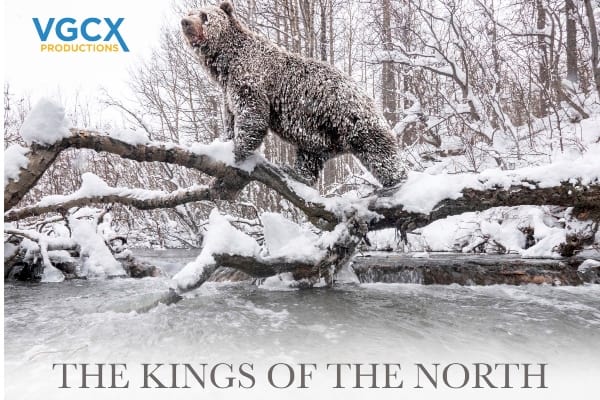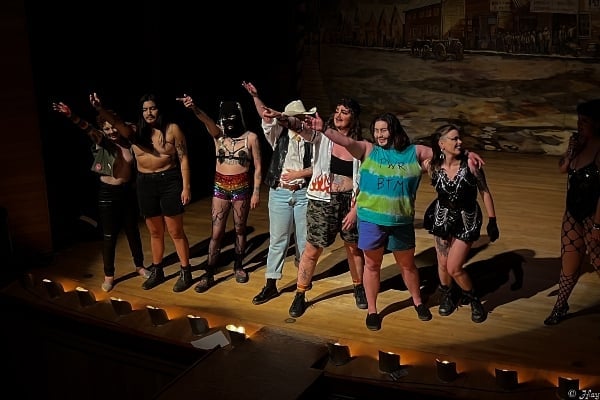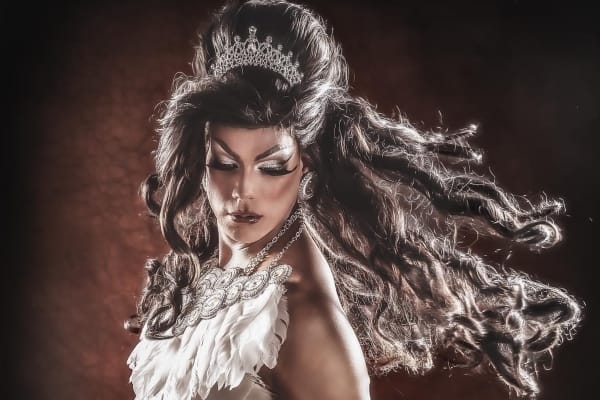Practically unheard of – the top 10 books reviewed last year were evenly split between male and female authors. And never before: the number of men and women reviewing books in Canada is nearly equal.
That’s what the Canadian Women in the Literary Arts (CWILA) discovered in its annual investigation of female representation among reviewers and the content they review. This year’s report, called The 2015 Count, was released in October.
“This is a major milestone in review culture,” the report committee states on its website, www.CWILA.com.
The 2015 Count examined more than 5,200 reviews across 30 journals and magazines, including five French-language publications. A quick glance at the methodology underscores the lengths CWILA goes to to produce meticulous results.
Overall women wrote 48 per cent of reviews, men 49 per cent, with the remaining three percent written anonymously, by mixed-gender co-reviewers, or by reviewers who don’t identify as male or female.
55 per cent of English-language literary opinion is formed by women, the count shows, but there is disparity in francophone media, where women account for 29 per cent of French-language reviews.
And still books by men continue to dominate best-seller lists. Part of the reason lies in who’s reviewing what. The 2015 Count found women show a slight favouritism toward female authors, but in general they achieve gender parity. Male reviewers, on the other hand, favour male writers two-to-one, or 60 to 70 per cent of the time.
Unfortunately, CWILA does not include a single northern publication in its survey, so we have no input from authors such as Dan Davidson, who writes for the Whitehorse Star and What’s Up Yukon, or What’s Up Yukon’s Elke Reinauer, both of whom do outstanding jobs reviewing northern writing in all its diversity.
Interestingly, diversity is the theme of another study released this season. Sisters in Crime (SinC) published its Report for Change: the 2016 SinC Publishing Summit Report on Diversity, Equity and Inclusion in the Mystery Community.
SinC investigators learned by listening to their diverse membership – seeking them out and asking them what their report should include. The first hurdle was finding their diverse membership. Very quickly, it became apparent that crime writing is a white woman’s sport.
“It is clear that being a writer of colour, a writer with disability or an LGBT writer has an effect in publishing,” the study states. “Writers in each of the groups are roughly 30 per cent less likely to be published by one of the big five publishing houses (Simon and Schuster, Penguin Random House, Macmillan, HarperCollins and Hachette) than writers without these extra identifications,” the study concludes.
And diversity in publishing doesn’t necessarily translate into change. As American author Steph Cha comments in the report, “People need the power to make positive change happen.”
Out of this, the SinC report, which is available on its website at www.SistersinCrime.org, offers a starting point for the discussion needed within literary circles. The site includes a checklist of six habits each of us can cultivate to be an ally of inclusion, starting with mentorship to foster the belief and the ability of women to tell our own stories.
Between the awareness raised by our Sisters in Crime and Canada’s Literary Women we can become truly inclusive of the communities we call home.




